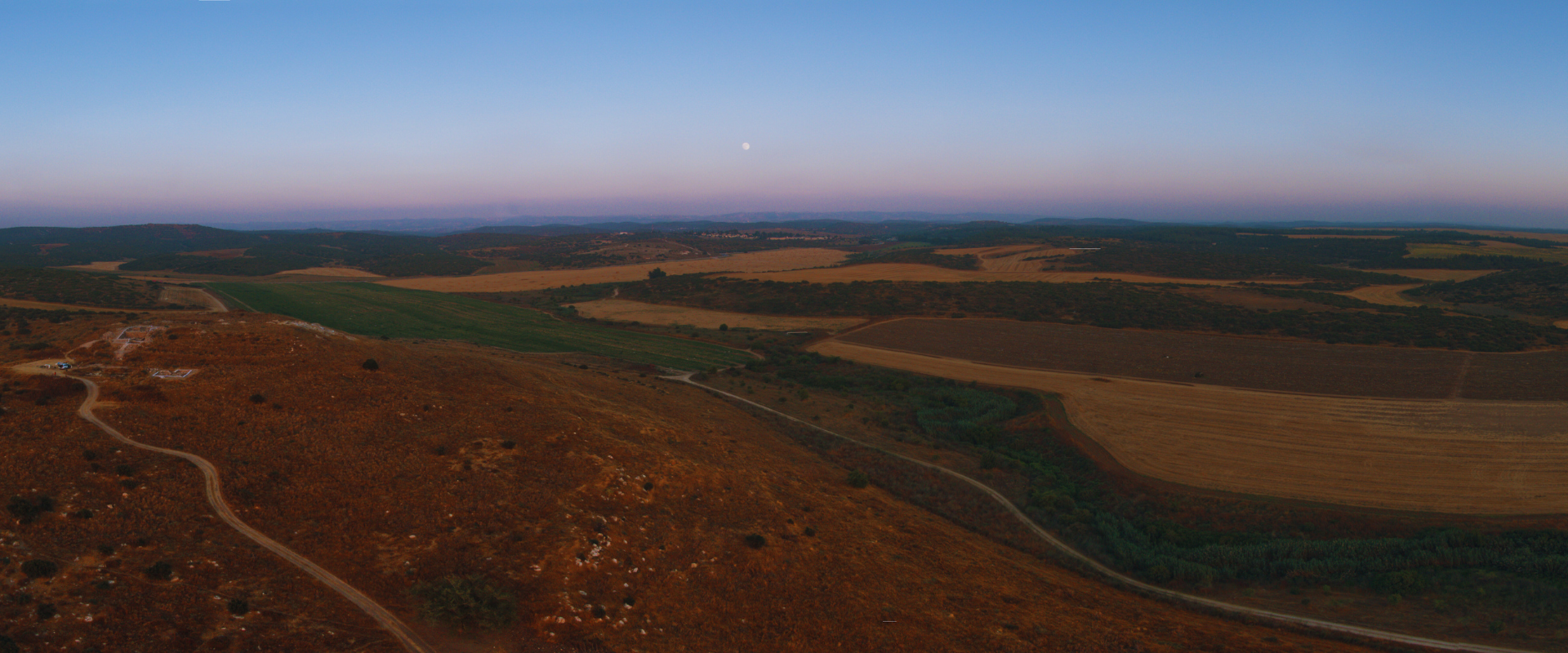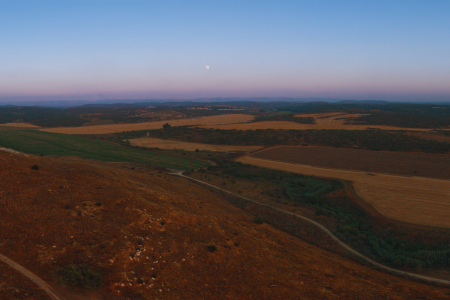Discover the secrets of a 3,000-year-old frontier city in this intimate pop-up exhibition featuring about twenty remarkable artifacts from Tel Burna. Located on a hilltop above Nahal Guvrin in the Judean foothills, this strategic settlement served as a crucial border town between ancient kingdoms.
Fifteen years of Ariel University excavations have uncovered settlement layers spanning millennia, yielding extraordinary discoveries: decorated pottery and fertility figurines from Late Bronze Age cultic ceremonies, jar handles stamped by officials of the biblical kingdom of Judah, and a magical plaque that may have belonged to a soldier in the Assyrian army during Sennacherib’s siege in 701 BCE.
Featured artifacts include:
• Cultic masks and ceremonial pottery from ancient religious rituals.
• Imported treasures reflecting international trade—a Cypriot jug, a Mesopotamian weight, and an Egyptian scarab.
• An Assyrian magical plaque, possibly from Sennacherib’s army.
Most scholars identify Tel Burna with biblical Libnah, mentioned as a priestly town in Judah’s tribal territory and birthplace of Queen Hamutal, daughter of Jeremiah. The site bears witness to the dramatic final chapter of the kingdom of Judah.
This pop-up exhibition opens June 11, 2025, coinciding with a special lecture event on Tel Burna that marks the completion of excavations at the site.
The program features lectures on the site’s discoveries and historical significance, offering a rare opportunity to encounter important archaeological finds firsthand—many displayed to the public for the first time.







